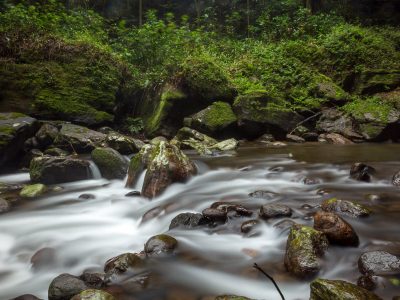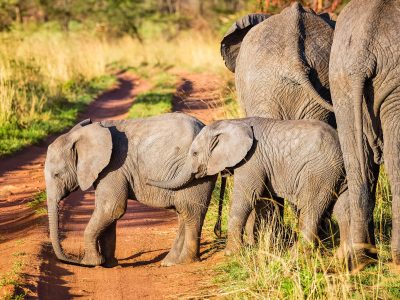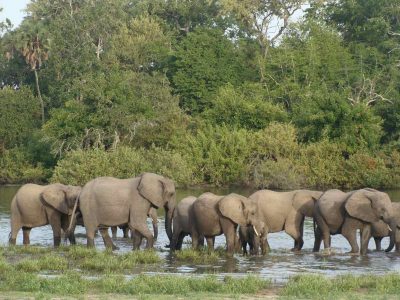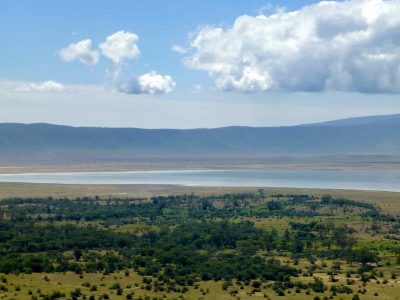HISTORY:
Zanzibar is an archipelago consisting of two main Islands of Unguja (commonly referred to as Zanzibar Island), Pemba and about 51 other surrounding small islets. Zanzibar is a partner state in the United Republic of Tanzania with the Mainland. The name Zanzibar is derived from a combination of two Arabic words, ‘Zenj’, meaning black, and ‘bar’, being the Arabic word for land, resulting in the ancient title ‘Land of the Blacks’. As Zanzibar absorbed peoples from as far as the Orient and Iberia, Assyria and India. Pemba is the second largest island of the Archipelago, named Al-khudra “The Green Island” by the Arabic mariners. It is famous for its clove production and its channels offer some of the best diving experiences in East Africa.
POPULATION
Zanzibar consists of a multiracial and multicultural community. It is a society of many faiths and of different origins. Almost the entire population is of mixed races primarily of Arab and African decent and blended with local culture. The current population of Zanzibar according to 2002 census is 984,625 inhabitants with an annual growth rate of 3.5%
HOSPITALITY & CULTURE
Zanzibar cultures became more diverse in its range, more unique in its expression. Zanzibar is the birthplace of Swahili, a lingua franca forged from global dialects, upon which legends were carried, trade routes opened and a Sultan’s empire prospered. It is here that the Africa Culture blended with other cultures mainly Persian, Arabic and Indian to forms Swahili Culture. Today the romance, the splendor and legends of the past are still vibrantly alive, traditional sailing dhows, carved wooden and doors, chests, the scent of the clove and the smile of the hospitable people welcomes you to Zanzibar.
CLIMATE
The Zanzibar archipelago is a tropical island and its climate is subject to the whims of monsoon winds. The northern monsoon (known as Kaskazi in Kiswahili) lasts three to four months from December to March. The South west monsoon (Kusi) lasts from April to November. The rainy seasons (Masika) starts in March or April and lasts in May. June to October is the dry season and temperatures are clement.
RELIGION
The majority of Zanzibar residents practice the Islamic faith which reflect also their life style and culture. Mosques are sacred places and usually no entry by non-Muslims. During the holy month of Ramadhan Muslims are fasting from dawn to sun set and you may find difficult to find food during the day hours. However, some specified restaurants are allowed to serve the tourists. There are also Christian churches and Hindu temples which offer regular services on Sunday and on special occasions.
SHOPPING
As you stroll through Stone Town, you will find several shops selling wood carvings, Zanzibar’s chests, clothes, spices, jewelry, paintings and antiques. Most of the gift shops are situated along Kenyatta Road in Shangani, and Gizenga Street behind the Old Fort. Tourists are advised not to buy any products related to protected species on the islands, such as sea shells and turtles. A holiday to Zanzibar would be incomplete without visiting these souvenir shops.






